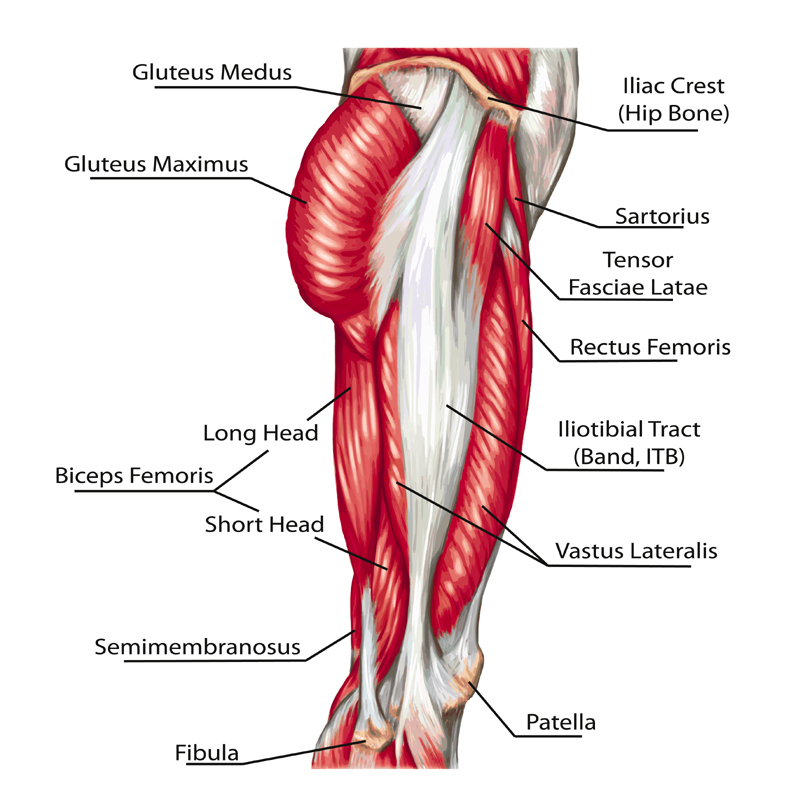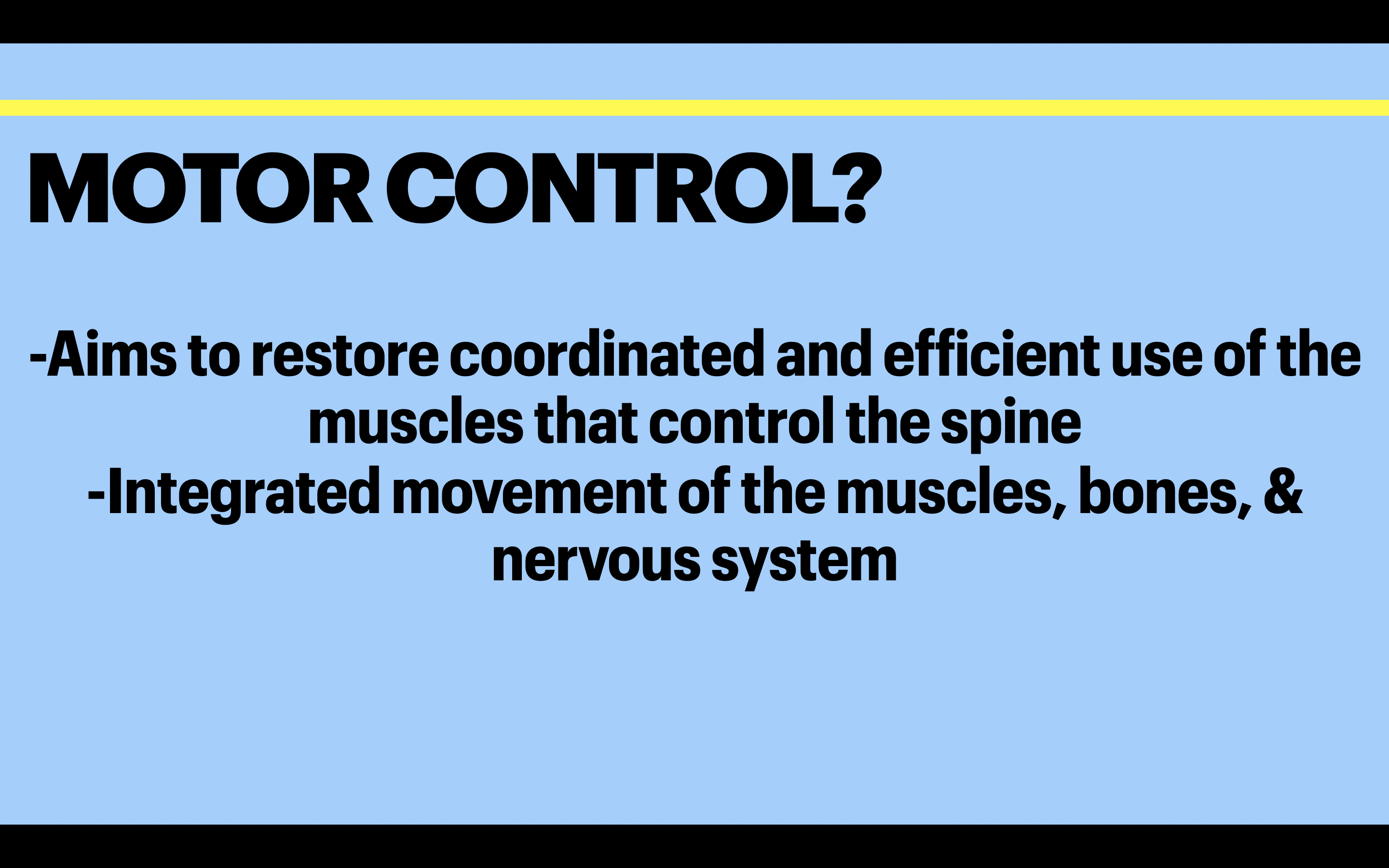Does Glute Training Actually Help Low Back Pain
2024-05-21
A lot of people are focused on glute training because partly, they want to help reduce and prevent low back pain (so they say). How much evidence is there that glute training actually helps low back pain and does it matter what type of glute training we perform?
First, why would glute training help our low back pain? As an article from the Mayo Clinic’s Physical Medicine and Rehabilitation program explains, “the gluteus maximus plays an often overlooked but significant role in facilitating core stability and hip extension and in stabilizing the pelvis. This is especially true during trunk rotation or during a shift of center of gravity. This large muscle can affect the stability of the lower back, the femoral head and possibly even knee extension via its attachments into the iliotibial (IT) band.”

So, the glutes are important stabilizers as they are muscles that help us move more efficiently so we don’t over stress specific structures of the body. It would makes sense then that glute strengthening would definitely equate to solving some issues of low back pain. Well, kinda sorta.
When people cite research that may show the glutes appear weak in those with low back pain, we have to ask a very important question. Do the glutes seem weak due to pain or are the glutes actually just weak? Many times, when one has pain in an area, the area can appear weak. However, if we think of a baseball pitcher that injures their arm throwing, was the shoulder actually weak even though now that it is injured it appears weak?
We know that issues of the foot, hip, and core can lead to over stress of the shoulder that results in the shoulder becoming injured. Does that mean that we need to strengthen the shoulder as a primary solution? Often, pain causes an area to appear weak while healing is occurring because you wouldn’t want to stress an area that is already damaged. In the case of the glutes, if there is low back pain, protective mechanisms could be in place that make one appear weak when they have pain.
It becomes complicated, but we have also quite a bit of interesting research that points to several issues that people overlook when it comes to glute training for low back pain.
It May Be About Timing
Fitness is still HEAVILY influenced by bodybuilding, even fitness methods that think they are not like functional training and practices like yoga in the West. You will hear reference to a lot of muscles functioning in isolation and how “strengthening” is usually the solution for most issues. However, research points out that a lot of injuries and painful processes are due to motor control more than just strength.
Motor control can be thought of do the muscles work together in the manner they are suppose to in movement. If you are an American football fan, you probably know that when a played is called on offense, everyone has to do their job at the right time. Quarterbacks don’t often throw to a player just standing in place wide open, they actually throw to a spot based upon the play where the receiver knows they have to get to a certain spot by a specific moment. If the timing is off then the play often fails. The body is kinda like that.

It isn’t just whether or not a muscle is strong, but does it work at the right time with other muscles that are suppose to be helping produce the movement? Quite a bit of research points to the fact that glutes often do NOT work at the right time with those with low back pain. It can be difficult to know if the lack of timing caused the pain or is a result. Either way, restoring the timing is important in helping reduce pain in the low back and reduce recurrence of injury. That is why you see exercises like the hip bridge.
No, I refuse to call a hip bridge a hip thrust because there is no need to rename an exercise just because. It would be like if I started calling squats the “knee thrusters”, why change the name? The original point of the hip bridge was to help glute training not just build strength but also timing along with the hamstrings and low back muscles. By shortening the hamstrings, they couldn’t dominate the movement of hip extension that so often happens with people with low back pain. Therefore, we could get the glutes not just being stronger, but learn to function at the right time.
Cool, you are doing all sorts of hip bridges so therefore you are doing everything right? Well, there is a little bit more to the story. We know already the glutes don’t work in isolation and in fact are connected to our thoracolumbar fascia. This great large bundle of connective tissue actually connects the gluteus maximus and gluteus medius, the external oblique and latissimus dorsi muscles; and deep-layer attachments to the gluteus medius, erector spinae, internal oblique and serratus posterior inferior muscles. That is a BIG connection, but why does it do this?

One big reason is that during movement, all these muscles synergistically will “pull” on the thoracolumbar fascia to help build spinal stability. Think about it, if you go out for a run which is a ton of stability and power on just one leg, how does your spine gain stability so that you can run fast and balance your body? This “network” is what provides that much needed stability.
This means putting ANY weight on your hips and just thrusting (including the Ultimate Sandbag) may make your glutes sore and feel a pump, but it probably isn’t doing nearly as much to improve the way they will perform so it doesn’t provide great glute training to help low back pain. Does this mean that you have to CHOOSE whether your glutes look or function better? Of course not! There is no research to show such things and just because we use the weight differently doesn’t mean it doesn’t create the same or even greater stressors upon the glutes. We often get tricked by how much weight is used and fail to realize when we use weight differently, it can feel much heavier or lighter.
People that can often barbell hip bridge a lot of weight really struggle with DVRT hip bridges like Robin Paget shows
Research has already shown this concept in other ways, such as a 2009 study that showed front squats with a barbell 44 pounds lighter than a barbell back squat stimulated the same amount of muscle in the lower body. If JUST weight and not how we used the weight didn’t make a difference we shouldn’t see the same amount of muscle being trained.
In order to make our glute training for low back pain better, we employ methods like you have seen throughout today’s post because they address all the aspects of motor control, strength, and integration that are key in successful glute training.
Find out SO much more about smarter glute training in our upcoming 6-week Low Back Pain & Pelvic Control Masterclass. Don’t miss saving 15% on our early bird price this week only with code “lowback” HERE
© 2025 Ultimate Sandbag Training. Site by Jennifer Web Design.







